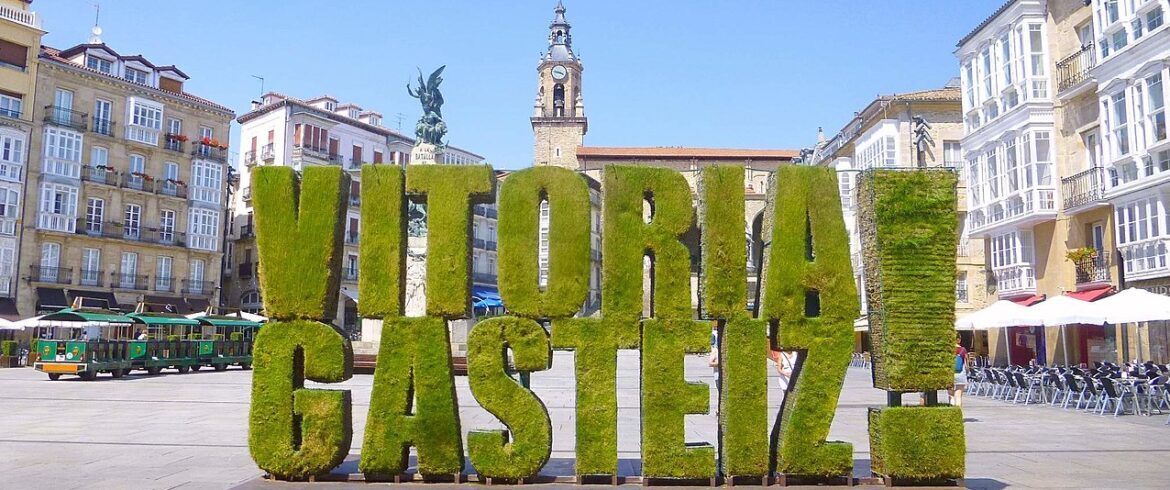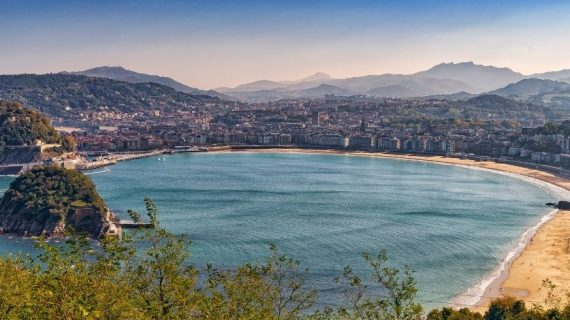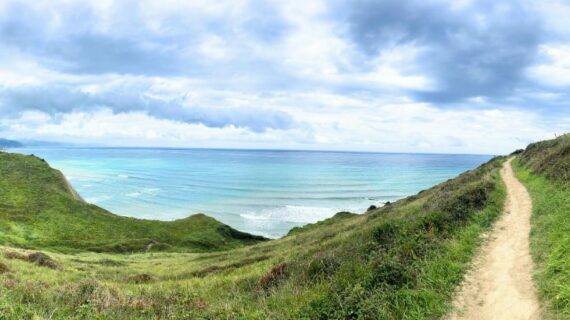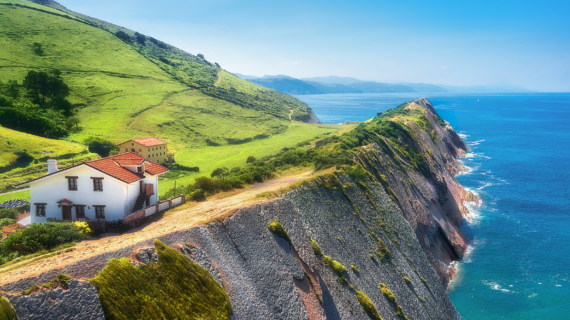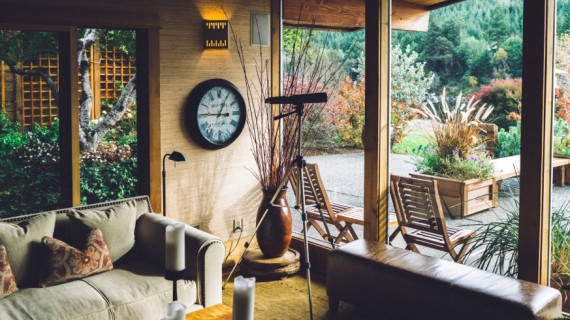Explore Vitoria-Gasteiz, the “green capital” of the Basque Country: enchanting parks and gardens, medieval alleys, contemporary art, and excellent bodegas—a sustainable, human-scale city.
Nestled among the forests and vineyards of the Basque hinterland, Vitoria-Gasteiz is the capital of the province of Álava and the Autonomous Community of the Basque Country. Recognized as a European Green Capital in 2012 and a Global Green City in 2019, this Spanish city is a true European sustainability laboratory, surprising visitors with its harmony of nature, culture, and urban innovation. Let’s discover one of the greenest destinations in Europe, perfect for conscious travelers.
A human-scale city: urban greenery and sustainable mobility

With 42 square meters of green space per person, Vitoria-Gasteiz is a haven for nature lovers. The city is designed to be explored on foot or by bike: most of the historic center is pedestrianized, and the Green Belt – a 33-kilometer bike path – connects six large urban parks: Salburua, Zabalgana, Olarizu, Zadorra, Arriaga, and Errekaleor.
In particular, the wetland of Salburua, once drained for agriculture, is now a natural reserve home to herons, storks, coots, and amphibians. Here stands Ataria, the environmental interpretation center where visitors can observe wildlife in its natural habitat.
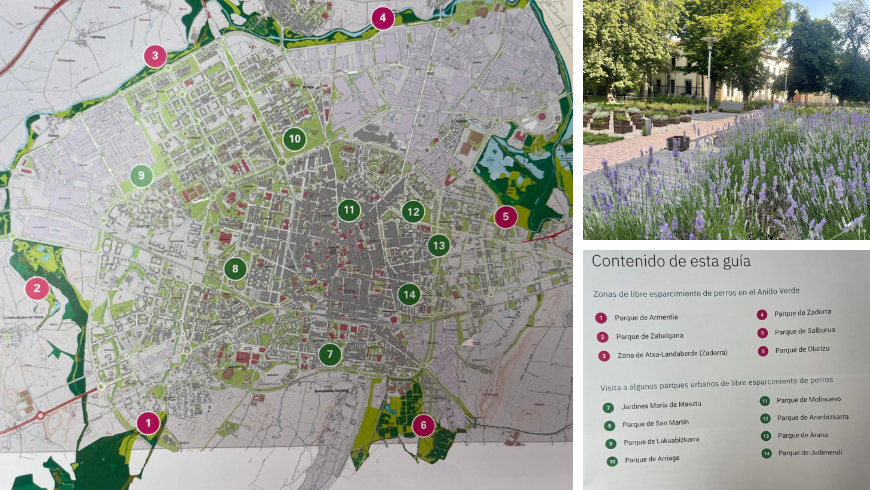
The Most Beautiful Parks and Gardens to Discover in Vitoria-Gasteiz
Vitoria-Gasteiz’s motto is “Verde por dentro y verde por fuera” (“green inside and out”). It’s not just a slogan but an urban philosophy that can be felt in the city’s gardens, such as Parque de la Florida or Palacio Europa. Here is a selection of the most iconic green spots not to miss:
Parque de La Florida
Located in the heart of the city, it is the most iconic garden in Vitoria-Gasteiz. Designed in the 19th century in the romantic French garden style, it features 95 different species, some over 100 years old. A true historical botanical garden, perfect for relaxing walks.
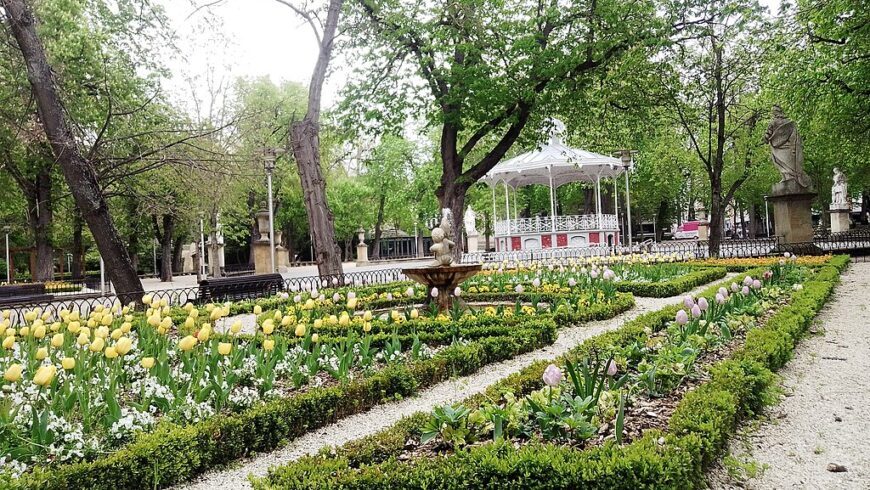
Parque del Prado
A favorite spot for running enthusiasts and open-air lovers, this park dates back to medieval times: in the 12th century, it was used as pastureland. Today, it features 21 species of deciduous trees, including horse chestnuts, ashes, lindens, and maples.
Parque de Arriaga
With a surface of 190,000 m², Arriaga is one of the largest parks in the city. Developed around an old noble chapel, it is home to acacias, poplars, roses, and aromatic plants. Its lake shelters many bird species.
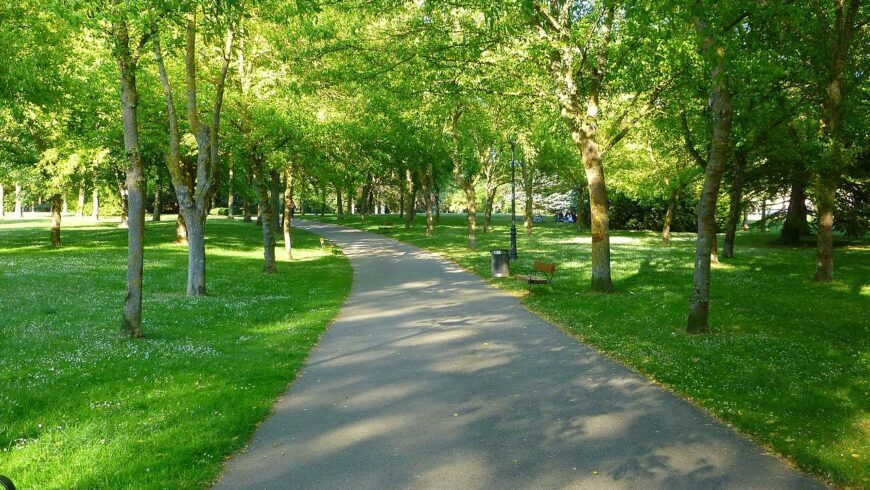
Vertical Garden and Terrace of the Europa Conference Center
An example of sustainable architecture, the Europa Palace boasts an iconic green wall and a panoramic terrace offering views of the city’s Green Belt. It is the first congress building in Spain to achieve Passivhaus certification.
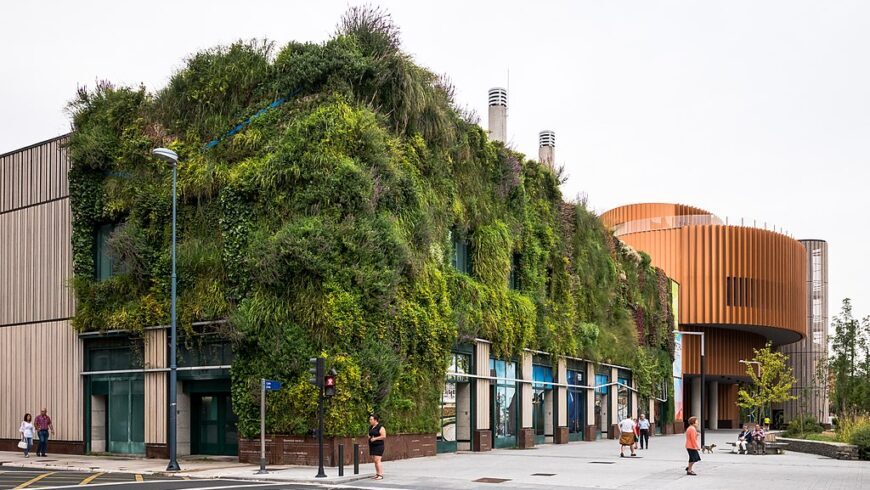
Parque de Judimend
Built on an old Jewish cemetery, this park is now a green oasis marked by white poplars and a commemorative monolith that tells its story. A place of reflection immersed in natural beauty.
Parque de San Martín
Covering 85,000 m², it features a wide variety of conifers (11 species), broadleaf trees (66 species), and numerous rosebushes. Ideal for a stroll among towering trees and fragrant corners.
Other Recommended Parks and Trails

- Obispo Ramón Fernández de Piérola Gardens: with strawberry trees, magnolias, and boxwoods, enriched by the sculptures “Crocodile” and “Rhinoceros” by Koko Rico.
- Senda Trail: a picturesque avenue lined with century-old plane trees leading to the Zulueta Palace Gardens.
- Fray Francisco de Vitoria Promenade: lined with horse chestnuts, it leads to the Fine Arts Museum gardens.
- Molinuevo Park (Parque del Norte): a variety of conifers and broadleaf trees, including blue spruce, ginkgo, and tall palm trees.
- Aranbizkarra Park: ideal for lovers of birches, beeches, and oaks.
Many of these parks are located along or near Vitoria-Gasteiz’s Green Belt, a system of natural areas that surrounds the city. Take advantage of a sunny day to explore them on foot or by bike!
The Almond: The Historic Center That Tells Eight Centuries of History
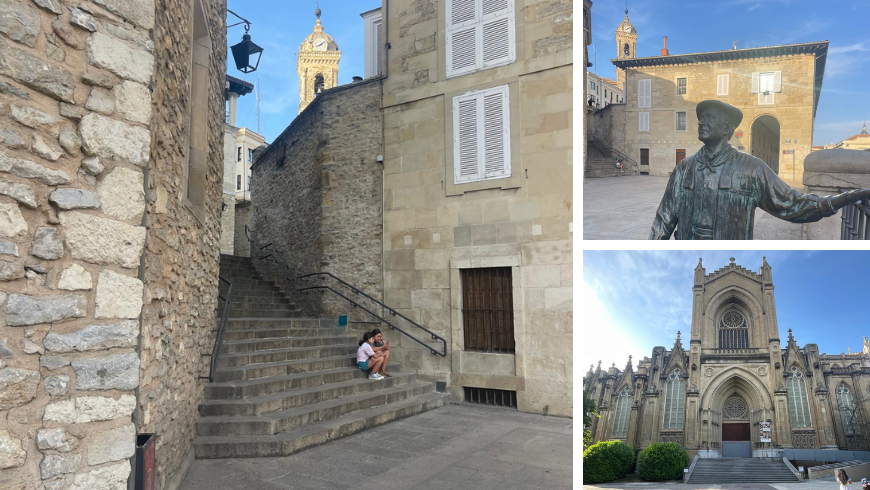
Vitoria-Gasteiz has an old town nicknamed “the Almond” due to its oval shape. Here, time seems to have stopped among cobbled alleys, escalators between neighborhoods, and Gothic buildings.
At the top of the hill stands the Cathedral of Santa María, a Gothic building constructed in the 13th century on even older foundations. Undergoing a long scientific restoration, it can be visited with guided tours and houses remains of the original Visigothic Gasteiz from the 6th century.
The walk along Calle Santa María starts from Plaza del Machete, passes by the Palacio de Montehermoso (1524), and reaches the Bibat, a museum complex combining the Archaeology Museum and the Fournier Museum, which holds an extraordinary collection of playing cards and tarot decks housed in the Renaissance Casa de Bendaña.
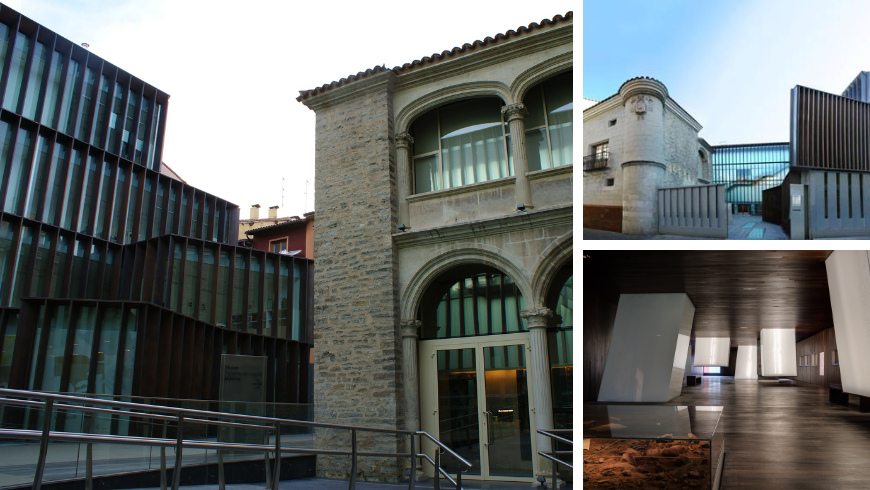
Other treasures of the historic center include the Palacio Escoriaza-Esquivel in Plateresque style, the Torre de los Anda, and the scenic Plaza de España, which together with Plaza del Machete and Los Arquillos serves as an urban bridge between the upper and lower towns.
Pintxos, Markets, and Traditional Sweets: A Journey into Basque Flavors
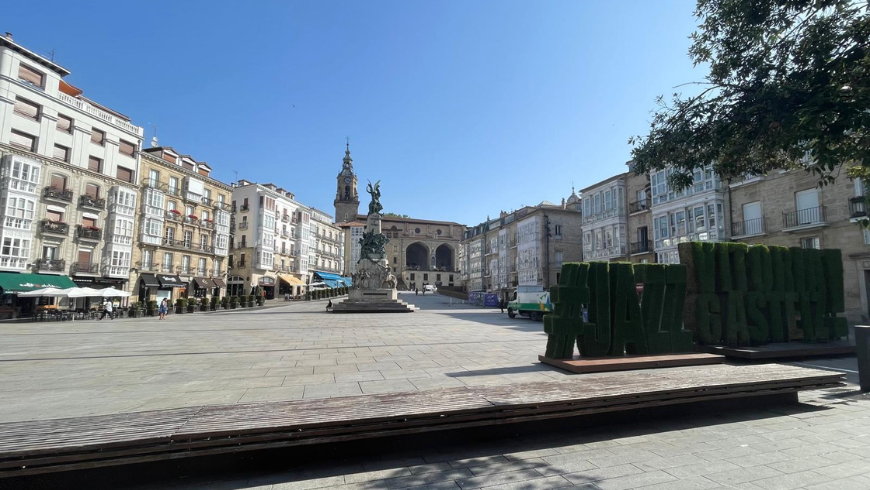
The gastronomic heart of Vitoria-Gasteiz beats in Plaza de la Virgen Blanca, where the Church of San Miguel overlooks bars and terraces. This is the perfect place to start a pintxos tour, the famous Basque tapas.
- At Sagartoki, chef Senén González offers Spain’s best tortilla and egg in many creative versions.
- At PerretxiCo, try the Euskal Txerria sausage terrine and the txangurro (stuffed crab).
- For a historical dinner, El Portalón (15th century) is the ideal place to enjoy grilled octopus paired with Rioja DOC wine.
At the indoor market of Plaza de Abastos, you can discover local ingredients, from percebes to venison salami. Sweet tooths should stop at Confituras Goya, a historic pastry shop selling traditional “galletas de nata” (cream cookies) and chocolate truffles.

Museums, Art, and Romantic Walks in Urban Greenery
Just a short walk from the center, the Paseo de la Senda is the city’s most romantic promenade, lined with horse chestnut trees and 19th-century villas. The route leads to the Zulueta Palace, now the Fine Arts Museum, and to the Álava Armoury Museum.
For contemporary art lovers, the Artium hosts works by Basque artists such as Vicente Ameztoy and Mari Puri Herrero. The entrance features the “Mural de la Cinémathèque de Paris” by Joan Miró. Admission is free every Sunday and in the afternoons.
Beyond the City: Wine, Salt, and Medieval Villages
The Rioja Alavesa Wine Route
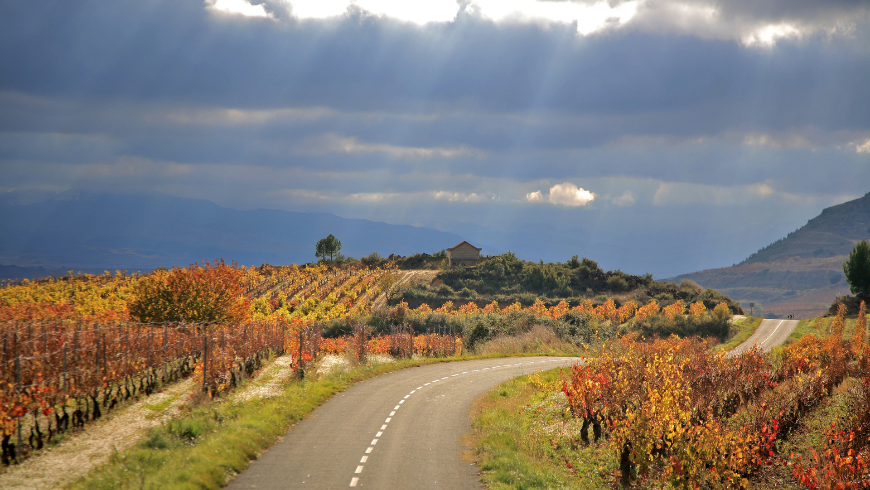
Just a few kilometers from Vitoria-Gasteiz lies the famous Rioja Alavesa Wine Route, where villages seem suspended in time and wineries – the bodegas – blend architecture, tradition, and winemaking.
- Viña Real, on Cerro de la Mesa hill, is a wine sanctuary.
- Bodega Amaren, in Samaniego, studies the effects of climate change on vineyards.
- Solar de Samaniego combines urban art and wine.
- Izadi offers e-bike tours through the vineyards of Eskuernaga.
- Baigorri, a stunning vertical winery designed by Inaki Aspiazu, is perfect for a tasting with a view.
- In the village of Elciego, next to the futuristic Marqués de Riscal hotel designed by Gehry, there is a market featuring local cold cuts and jams.
Laguardia: The Medieval Jewel of Rioja
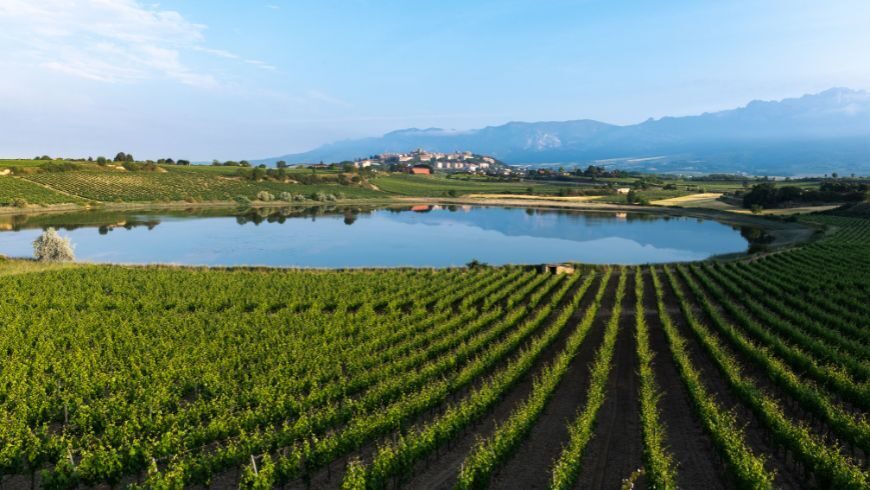
The walled village of Laguardia houses 232 underground wineries and one of the most fascinating Romanesque churches in Spain: Santa María de los Reyes. Every corner here tells a story of wine, including at the Villa Lucía Museum and during the guided tour led by Pepita Uva, a cultural center combining wine tourism and storytelling.
Salt Valley of Añana: White Gold in the Mountains
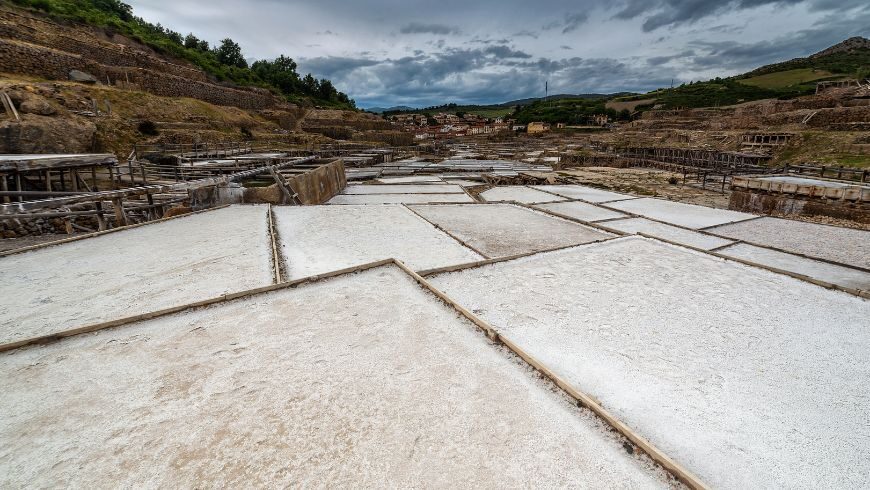
Less than an hour from Vitoria, the Salt Valley of Añana is the oldest salt factory in Europe, active for over 7,000 years. A unique experience where you can learn the art of salt making, observe the wooden pools that filter salty water, and relax at the Salt Spa. Guided tours also offer hands-on demonstrations and tastings of local salt varieties (info at vallesalado.com).
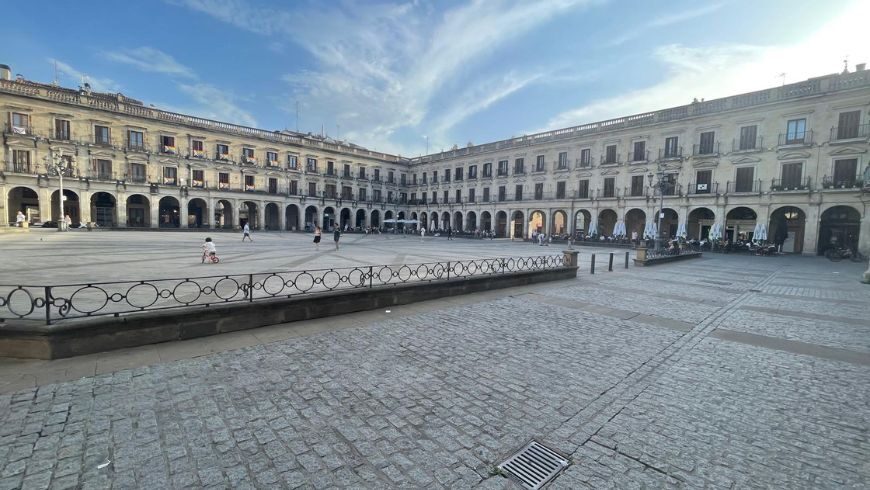
Perfect for those seeking authentic, green, and sustainable experiences, Vitoria-Gasteiz is a city where nature, art, and history live in perfect harmony. Getting lost in its parks, bodegas, and cobbled streets is an experience that leaves a lasting impression!
Cover image: photo via Wikimedia
